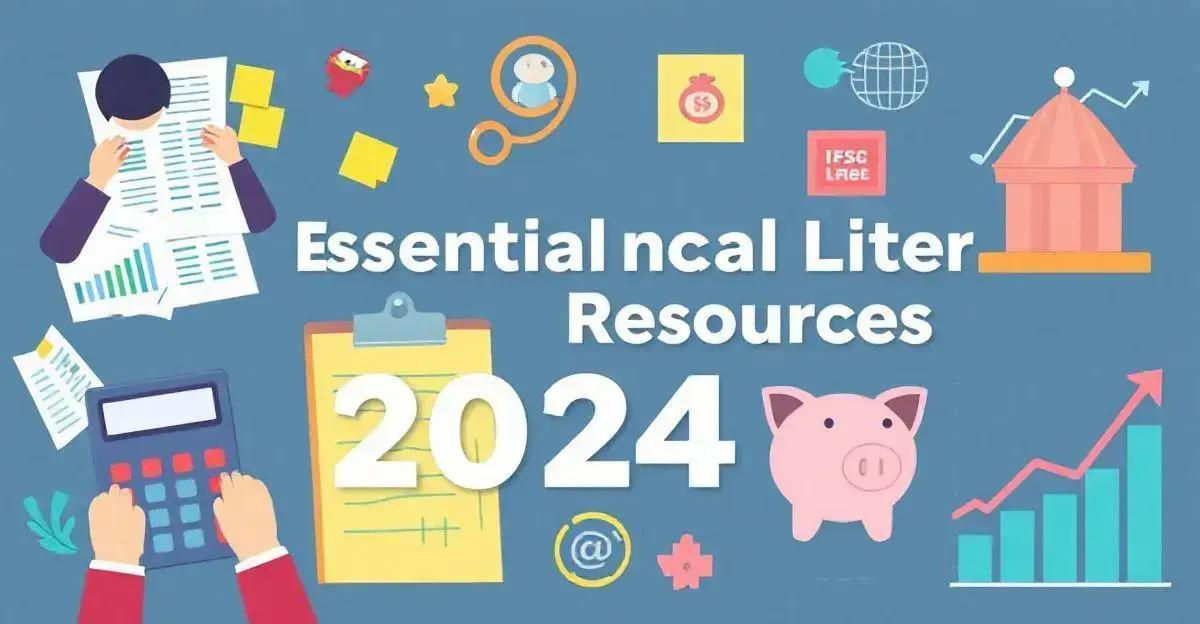Are you tired of feeling uncertain about your financial future? Wealth management is more than just managing your money – it’s about creating a plan that aligns with your values and goals.
With the right strategies and expertise, you can unlock your financial potential and achieve long-term success.
In this post, we’ll explore the key principles of wealth management and provide practical tips for getting started.
Understanding Your Financial Goals
Understanding Your Financial Goals is the first step towards achieving financial success. What do you want to achieve in the short-term and long-term? Do you want to save for a down payment on a house, pay off debt, or build an emergency fund? Taking the time to understand your financial goals will help you create a personalized plan that aligns with your values and priorities. Ask yourself, what is your financial motivation? Is it to achieve financial freedom, security, or independence? Understanding your financial goals will also help you make smart financial decisions and avoid costly mistakes.
Developing a Wealth Management Plan is a tailored strategy that helps you achieve your financial goals. It involves assessing your financial situation, identifying your strengths and weaknesses, and creating a roadmap for success. A comprehensive plan should include budgeting, investing, and tax planning. It should also take into account your risk tolerance, time horizon, and liquidity needs. By having a clear plan in place, you can make informed decisions and stay on track to achieving your financial objectives.
Investing for the Future is a crucial aspect of wealth management. It involves identifying opportunities to grow your wealth and creating a diversified portfolio that aligns with your goals and risk tolerance. Diversification is key to minimizing risk and maximizing returns. This can be achieved by investing in a range of asset classes, such as stocks, bonds, and real estate. It’s also important to have a long-term perspective and avoid making emotional decisions based on short-term market fluctuations.
Managing Risk and Uncertainty is an essential component of wealth management. It involves identifying and mitigating potential risks that could impact your financial goals. Uncertainty is a natural part of investing, but with the right strategy and tools, you can minimize its impact. This can include hedging against market volatility, diversifying your portfolio, and having an emergency fund in place. By managing risk, you can create a more stable financial foundation and achieve long-term success.
Cash Flow Management is critical to achieving financial stability. It involves tracking your income and expenses to ensure you have enough liquidity to cover your financial obligations. This can include creating a budget, prioritizing your spending, and building an emergency fund. By managing your cash flow effectively, you can avoid debt, reduce stress, and achieve your financial goals.
Tax Optimization Strategies is a key aspect of wealth management. It involves identifying opportunities to minimize your tax liability and maximize your wealth. Strategic planning can help you reduce your tax burden and create a more sustainable financial future. This can include taking advantage of tax-advantaged accounts, such as 401(k) or IRA, and consulting with a tax professional to optimize your tax strategy.
Developing a Wealth Management Plan

A comprehensive wealth management plan should take into account your financial situation, goals, and risk tolerance. It should also consider the tax implications of your investments and provide a clear roadmap for achieving your financial objectives. A well-structured plan will help you stay on track, make informed decisions, and avoid costly mistakes. By having a clear plan in place, you can create a financial foundation that supports your long-term goals and aspirations.
Investing for the Future
Investing for the future involves identifying opportunities to grow your wealth and creating a diversified portfolio that aligns with your goals and risk tolerance.
This can include a mix of low-risk investments, such as bonds and CDs, and higher-risk investments, such as stocks and real estate.
It’s essential to have a solid understanding of the investment process and to work with a financial advisor to develop a customized investment plan.
By investing for the future, you can build a nest egg, achieve long-term financial goals, and secure your financial future.
Managing Risk and Uncertainty

Risk management is a critical component of wealth management. It involves identifying potential risks, assessing their impact, and implementing strategies to mitigate them.
This can include diversifying your investments, hedging against market volatility, and maintaining an emergency fund.
By proactively managing risk, you can reduce uncertainty and achieve your financial goals with greater confidence.
A comprehensive risk management plan should take into account your investment portfolio, cash flow, and other financial obligations.
Cash Flow Management
Cash flow management is the process of managing the inflows and outflows of cash in your business. It involves tracking your income and expenses, managing your accounts receivable and payable, and maintaining a healthy cash reserve.
Effective cash flow management is essential for staying financially stable and achieving your business goals. By managing your cash flow effectively, you can reduce financial stress, improve your credit rating, and increase your chances of success.
Tax Optimization Strategies

Tax optimization is a critical component of wealth management. It involves identifying opportunities to minimize your tax liability and maximize your wealth.
This can include taking advantage of tax-advantaged accounts, such as 401(k) or IRA, and consulting with a tax professional to optimize your tax strategy.
By optimizing your taxes, you can reduce your tax burden, increase your wealth, and achieve your financial goals.
A comprehensive tax optimization plan should take into account your income, expenses, and financial goals.
FAQ: Frequently Asked Questions about Artificial Intelligence in Small Business
How can task automation benefit my small business?
Task automation frees up your team from repetitive tasks, increasing productivity and allowing them to focus on more strategic tasks.
What tools can I use for data analysis?
There are various tools available, such as Google Analytics, Tableau, and Microsoft Power BI, that help collect and interpret valuable data.
What are chatbots and how do they improve customer service?
Chatbots are virtual assistants that can answer questions and solve problems at any time, improving customer experience and freeing up your team.
How can I personalize customer experience?
Through data analysis, you can understand customers’ preferences and offer personalized recommendations and promotions.
Why is customer feedback important?
Feedback is essential to identify areas that need improvement and adjust your service strategy, ensuring customer satisfaction.
Is artificial intelligence accessible to small businesses?
Yes, there are various AI solutions that are accessible and scalable for small businesses to improve efficiency and customer service.



